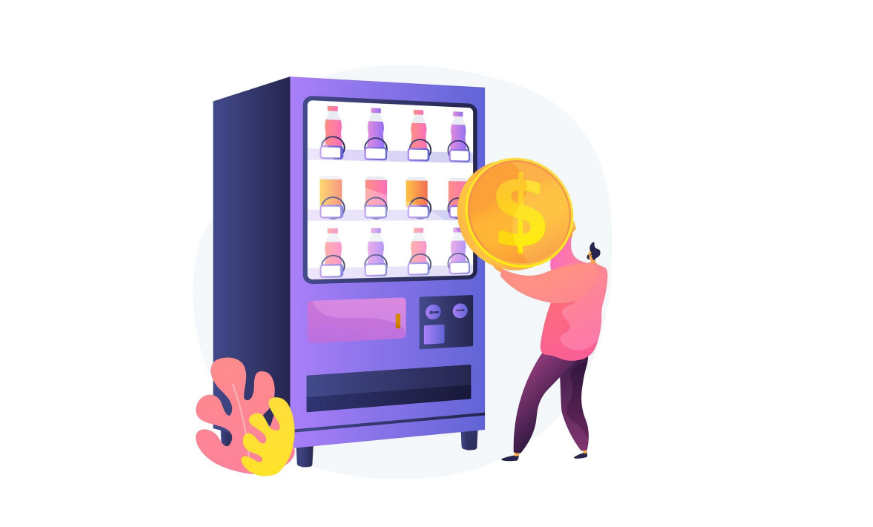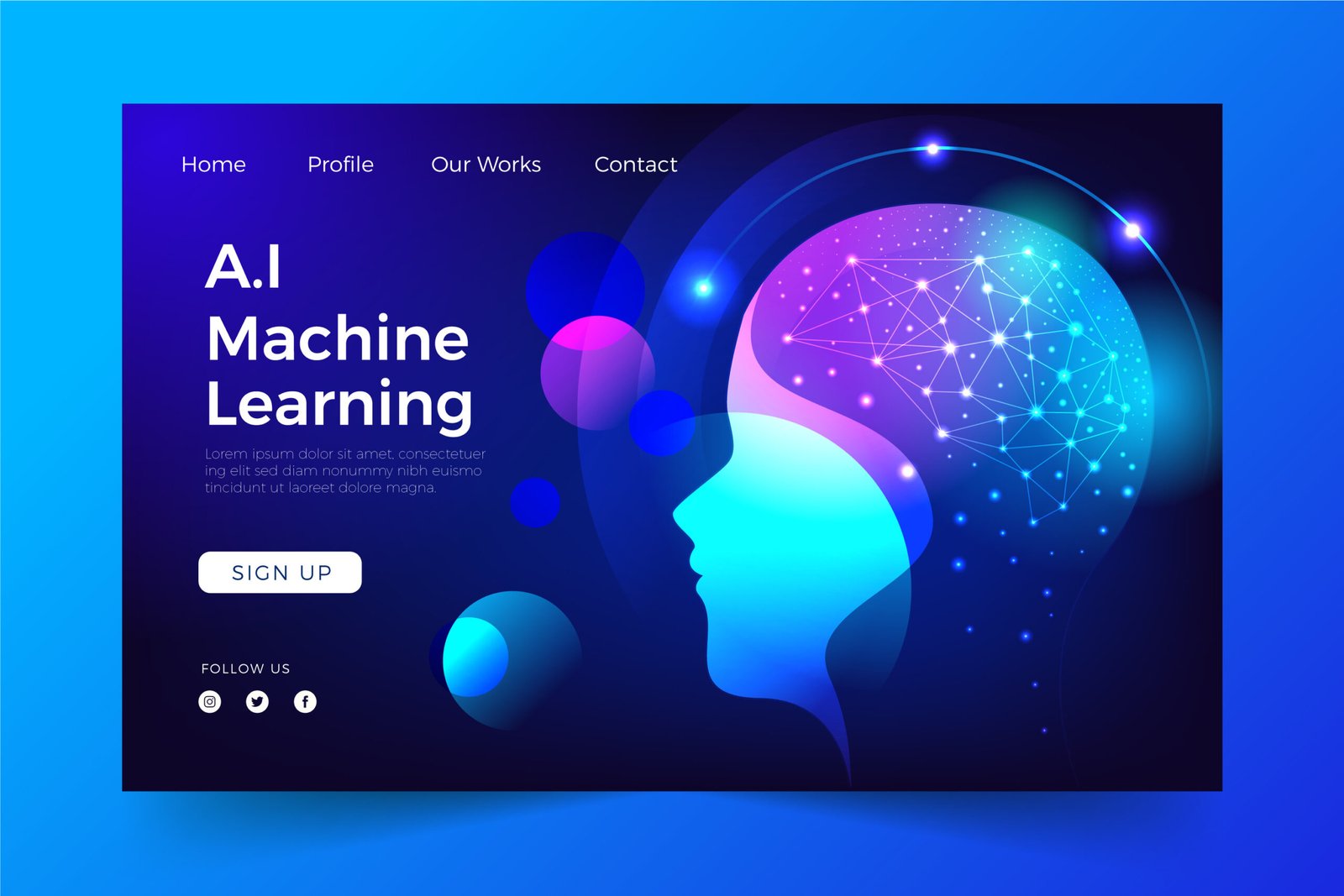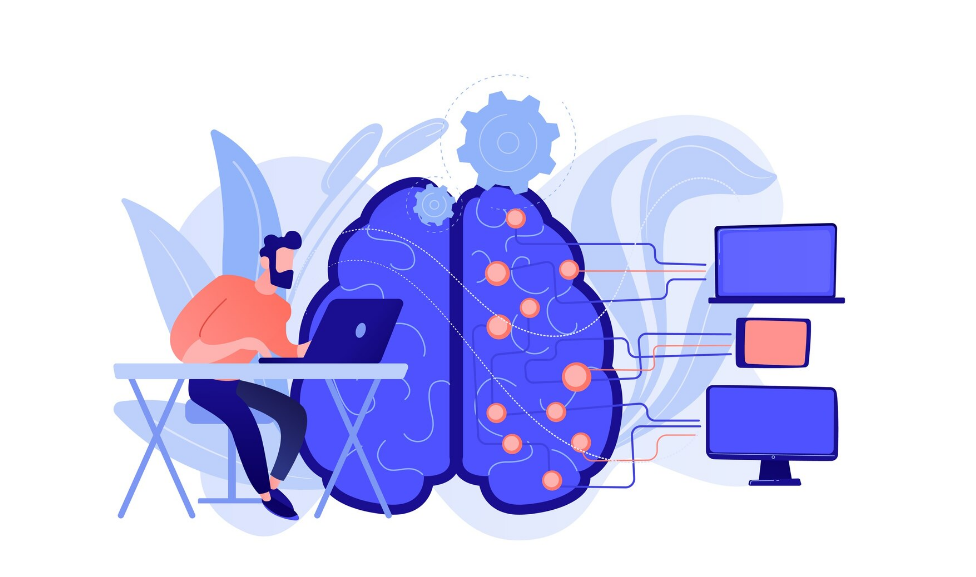In today’s competitive B2B environment, data is one of your most valuable assets. Yet many companies are failing to unlock its full potential not because they don’t collect enough data, but because their data is stuck in silos. Information is scattered across departments, tools, and platforms, making it difficult to extract insights that drive growth.
This is where the concept of data lakes comes into play. By breaking down silos and centralizing data, B2B businesses can unlock powerful opportunities for personalization, efficiency, innovation, and ultimately, sustainable growth.
This article explores the difference between data silos and data lakes, why eliminating silos is crucial, and how embracing data lakes can help B2B companies thrive in the digital age.
Understanding Data Silos
A data silo is a repository of information that is isolated from the rest of an organization. In B2B companies, data silos often emerge when different teams or departments use separate systems that don’t communicate with one another.
Common Examples of Data Silos:
- Marketing using its own analytics platform
- Sales using a separate CRM
- Finance tracking data in spreadsheets
- Customer service using ticketing software
Each department may be doing great work, but when their data is inaccessible to others, opportunities are missed.
Problems Caused by Data Silos:
- Poor decision-making: Teams lack full visibility into customer behavior and performance metrics.
- Duplicate efforts: Marketing and sales might contact the same lead with different messages.
- Inconsistent reporting: Data may be outdated, incomplete, or conflicting.
- Delayed insights: Manual data sharing wastes time and increases the risk of errors.
Silos slow down operations and prevent companies from delivering unified, customer-centric experiences. That’s why leading B2B organizations are turning to data lakes as the next evolution in data management.
What Is a Data Lake?
A data lake is a centralized repository that allows you to store all your structured and unstructured data at any scale. Unlike traditional databases, data lakes are highly flexible and can store vast amounts of information from multiple sources including CRM systems, marketing platforms, IoT devices, web analytics, support tickets, and more.
Key Features of a Data Lake:
- Scalability: Store petabytes of data without performance issues
- Flexibility: Handle all data types (text, images, logs, spreadsheets)
- Real-time access: Query live data without waiting for batch uploads
- Integration-ready: Connect with BI tools, AI models, and analytics platforms
Platforms like Amazon S3, Google Cloud Storage, Microsoft Azure, and Snowflake are commonly used for building enterprise-grade data lakes.
From Silos to Lakes: Why It Matters for B2B Growth
1. Unified Customer View
B2B sales cycles are complex and involve multiple touchpoints. A data lake enables you to consolidate customer data from all departments marketing, sales, product, and support into one place.
This gives your teams a 360-degree view of the customer, helping them:
- Personalize campaigns based on behavior and history
- Predict buyer intent using real-time data
- Coordinate outreach efforts to avoid overlap
With a unified customer view, sales and marketing can work in sync, improving lead quality and deal velocity.
2. Improved Decision-Making with Advanced Analytics
When data is unified in a data lake, it becomes easier to run advanced analytics, including:
- Lead scoring models
- Sales forecasting
- Customer lifetime value predictions
- Churn analysis
These insights drive smarter decisions across departments and reduce reliance on guesswork.
3. Greater Operational Efficiency
By eliminating the need to manually consolidate data from different sources, your teams save time and reduce the risk of human error. Automation becomes easier when data flows into a single ecosystem.
Use cases include:
- Automating email campaigns triggered by real-time behavior
- Alerting sales reps when a lead hits a key milestone
- Syncing financial and performance dashboards across the company
4. Fueling Machine Learning and AI
Machine learning algorithms thrive on clean, comprehensive data. A data lake becomes the ideal environment for training AI models that power:
- Predictive analytics
- Intelligent chatbots
- Automated lead nurturing
- Personalized content recommendations
The result? Smarter systems that help your business scale more effectively.

5. Enhanced Data Governance and Compliance
At first glance, centralizing all your data may seem risky, especially with growing regulations like GDPR and CCPA. But in reality, data lakes support better governance by:
- Controlling access through roles and permissions
- Tracking data lineage (where data came from and how it’s used)
- Making audits and reporting more straightforward
With clear policies and secure infrastructure, data lakes can actually enhance data privacy and compliance efforts.
Building a B2B Data Lake: Best Practices
1. Define Clear Objectives
Before building your data lake, determine what business problems you want to solve:
- Are you trying to improve customer segmentation?
- Do you need faster reporting cycles?
- Are you looking to support machine learning initiatives?
Set goals that align with your growth strategy.
2. Choose the Right Platform
Select a data lake solution that suits your needs based on:
- Scalability
- Integration support
- Real-time processing
- Security features
- Cost structure
Common platforms include:
- Amazon Web Services (AWS S3 + Athena or Redshift)
- Google Cloud Storage + BigQuery
- Microsoft Azure Data Lake
- Snowflake
Each offers strengths depending on your team’s expertise and business use case.
3. Standardize Data Input and Formats
Inconsistent formats (like date styles, field names, or currencies) can create confusion. Set clear guidelines for how data should be labeled, stored, and structured to make it usable across departments.
Use metadata tagging and schema definitions to simplify future querying.
4. Involve All Stakeholders
IT should not be the only team involved. Sales, marketing, product, and finance all rely on accurate data. Bring everyone into the conversation early to ensure:
- The right data is being ingested
- Insights are relevant and actionable
- Tools integrate well with existing workflows
Cross-functional collaboration leads to stronger outcomes.
5. Build Dashboards and Visualization Layers
Raw data isn’t helpful unless it’s visualized. Integrate your data lake with BI tools like:
- Tableau
- Power BI
- Looker
- Google Data Studio
These tools turn complex data into user-friendly dashboards that stakeholders can use to monitor KPIs, spot trends, and make data-driven decisions daily.
6. Establish Data Governance Policies
Set rules for:
- Who can access what data
- How often data should be cleaned or updated
- Who is responsible for maintaining accuracy
- What protocols should be followed for audits
Good governance ensures that your data lake doesn’t become a “data swamp.”
Real-World Example: B2B SaaS Company
A mid-sized SaaS company struggling with siloed marketing and sales data implemented a cloud-based data lake. They integrated data from HubSpot, Salesforce, Stripe, and Zendesk into a single location.
Outcomes:
- 30% increase in lead-to-opportunity conversion due to improved segmentation
- Real-time churn detection, enabling proactive customer retention campaigns
- Faster decision-making by sales leadership using unified dashboards
The result? A significant boost in revenue and operational efficiency all driven by breaking down data silos.
Final Thoughts: Embracing the Future of B2B Growth
Moving from data silos to data lakes isn’t just a tech upgrade it’s a business strategy. B2B companies that centralize their data can act faster, understand their customers better, and scale with confidence.
With the right technology, strategy, and team alignment, a data lake unlocks the insights and agility you need to compete in today’s digital-first marketplace.
Don’t let your data live in isolation. Connect it, activate it, and watch your B2B growth take off.





